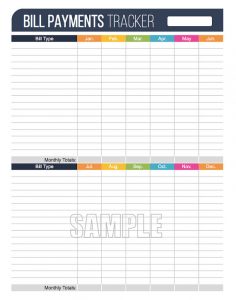New Zealand GST Guide New Zealand VAT Guide

You may need to keep an eye on the ongoing use of the goods and services. If the amount of use changes, you may need to make further adjustments if it’s different to your first estimate. Estimate a fair and reasonable percentage when you first get the goods or services. There are 2 ways to adjust your claim, the apportionment method and the principal purpose method.

In New Zealand, the GST registration threshold for both resident and non-resident businesses is NZ$60,000 in annual turnover. If your company’s taxable turnover exceeds this amount, you must register for New Zealand GST. Businesses with turnover below this threshold can opt for voluntary registration, enabling them to recover any input GST accounting for inventory write downs they may be due. No one wants to hear about the extra fees or taxes they might have to pay anywhere in the world. Unfortunately for tourists, there are quite a few taxes to juggle for visiting New Zealand. As many taxes are included in the price, however, you’ll hardly notice that you’re paying the extra percentage.
How often do I need to file GST returns?
Travellers departing on a cruise ship are charged a Customs levy of NZ$4.55. Travellers arriving on a cruise ship are charged a Customs levy of NZ$11.48 and a biosecurity levy of NZ$10.58. Once you’ve completed all necessary registration processes, you’ll receive a VAT registration certificate within one month. Businesses must account for VAT from the date they submitted their registration application (not from the date they receive their registration certificate). If a GST return deadline falls on public holidays or weekends, filing obligations must be completed by the next working day. You can carry on using the apportionment method if you choose not to use the principal purpose method.
Book a demo of VATConnect with one of our experts.
That new piece of GST legislation mirrors similar rules governing the supply of digital services introduced in the European Union (EU) in January 2015 on the taxation of digital goods. If a business (’principal’) carries out a supply to the customer via an agent, it is regarded as a direct sale between the principal and the customer. The same rule applies to purchases – if the principal purchases goods or services using an agent, the transaction is considered to be made between the seller and the principal, not the agent.
- The same registration rules apply to both resident and non-resident businesses carrying out taxable activities.
- You also must keep a record of any adjustments you make for business, private and exempt use of goods and services.
- However, they also get to claim their GST expenses even though they haven’t paid them.
- This is similar to VAT, and based on the OECD’s standard indirect tax regime model.
- As a GST-registered business, you can claim back the GST you’re charged on goods and services you buy and use in your taxable activity.
- Plus, for more information on work taxes, check out our guide to the New Zealand Work Tax System.
What is the New Zealand GST Rate?
Expanding your business to New Zealand requires an understanding of its VAT system, known locally as Goods and Services Tax (GST). This guide delves into the nuances of the New Zealand GST framework, providing you with the knowledge needed to successfully navigate this aspect of doing business in New Zealand. Tipping is not mandatory or expected in New Zealand, but it will be appreciated if you tip to reward exceptional service. Established in 1986, the Goods and Services Tax (GST) is a tax on almost anything you account basic rules purchase in New Zealand. It is an inherent part of your trip here, whether you notice it or not.
The Goods and Services Tax (GST) in New Zealand
You must keep a record of all your invoices and expense receipts (and keep these records for seven years). You also must keep a record of any adjustments you make for business, private and exempt use of goods and services. Businesses may submit their GST returns electronically through either myIR or an accounting software. Paper filing is also permitted, if the business does not have a myIR account, the Inland Revenue will provide them with the paper return.
The general invoice rule is that the tax point is the earlier of the date of the supply or the invoice date. Businesses operating in New Zealand must register for GST if they have a turnover of more than NZD 60,000 in the previous 12 months, or expect to exceed this threshold within the next 12 months. New Zealand introduced a Goods and Services Tax (‘GST’) on 1 October 1986.
Persons or entities with annual revenue less than $60,000 do not have to register for GST.6 can my landlord ask me to prepay rent This threshold has increased three times since the introduction of GST in 1986. In case the filing deadline falls on a public holiday or weekend, the above obligations must be completed by the next working day. Value Added Tax (VAT), known as Goods and Services Tax (GST) in New Zealand, was introduced via the GST Act on 1 October 1986. The applicable GST rate was 10% initially but it was increased to 12.5% in 1989 and then again to 15% in 2010.

